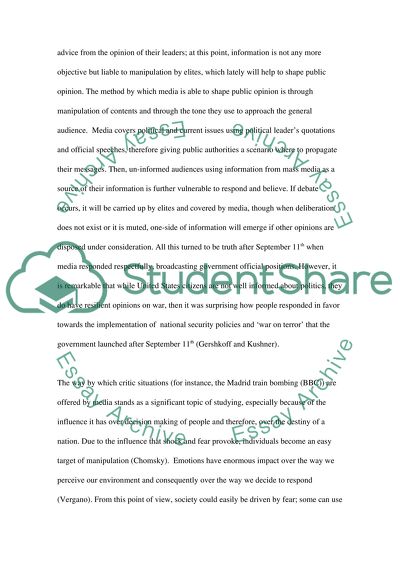Cite this document
(“The Rhetoric of Fear Essay Example | Topics and Well Written Essays - 1750 words”, n.d.)
The Rhetoric of Fear Essay Example | Topics and Well Written Essays - 1750 words. Retrieved from https://studentshare.org/english/1444641-find-a-representational-trend-what-you-want-is-to
The Rhetoric of Fear Essay Example | Topics and Well Written Essays - 1750 words. Retrieved from https://studentshare.org/english/1444641-find-a-representational-trend-what-you-want-is-to
(The Rhetoric of Fear Essay Example | Topics and Well Written Essays - 1750 Words)
The Rhetoric of Fear Essay Example | Topics and Well Written Essays - 1750 Words. https://studentshare.org/english/1444641-find-a-representational-trend-what-you-want-is-to.
The Rhetoric of Fear Essay Example | Topics and Well Written Essays - 1750 Words. https://studentshare.org/english/1444641-find-a-representational-trend-what-you-want-is-to.
“The Rhetoric of Fear Essay Example | Topics and Well Written Essays - 1750 Words”, n.d. https://studentshare.org/english/1444641-find-a-representational-trend-what-you-want-is-to.


